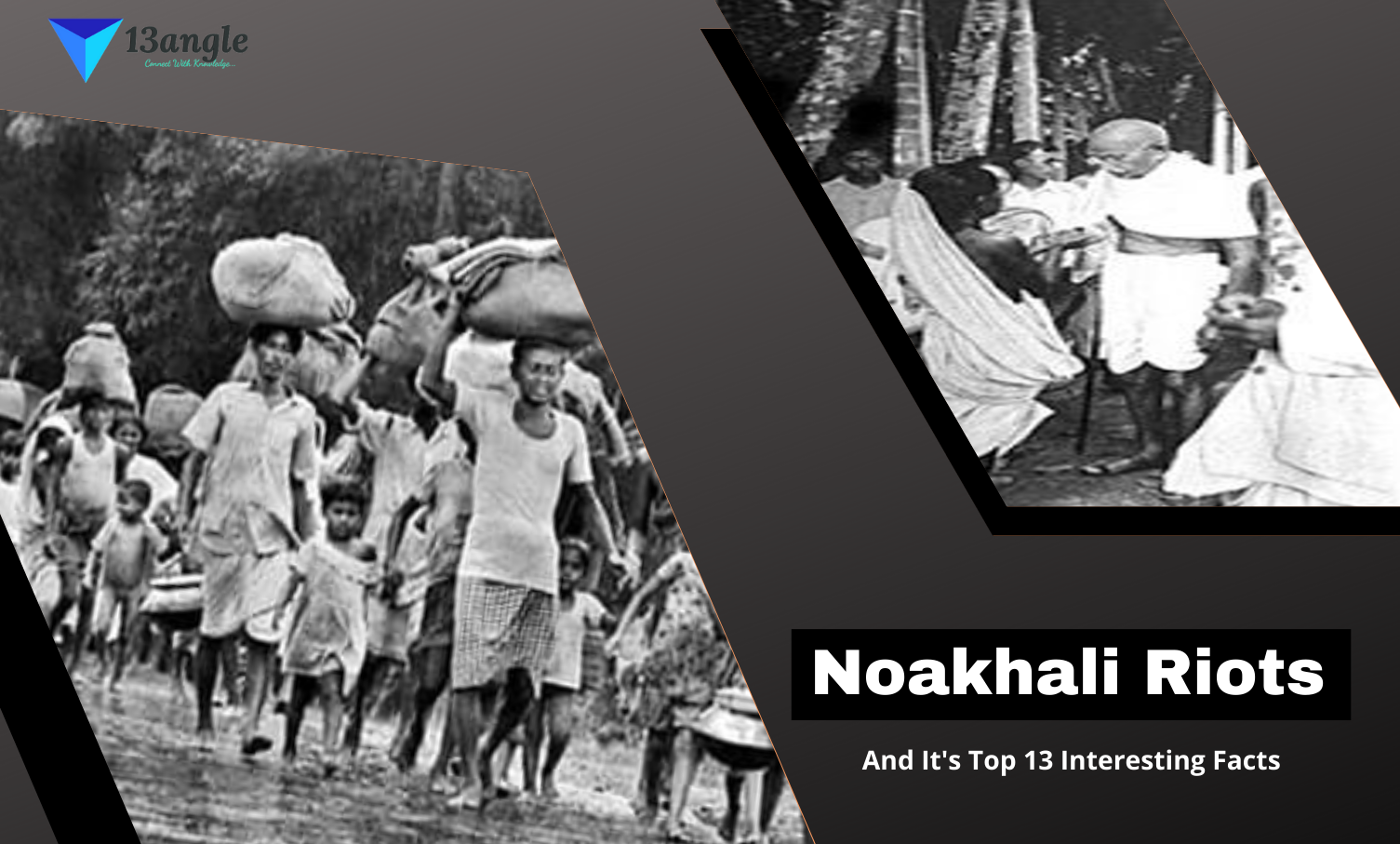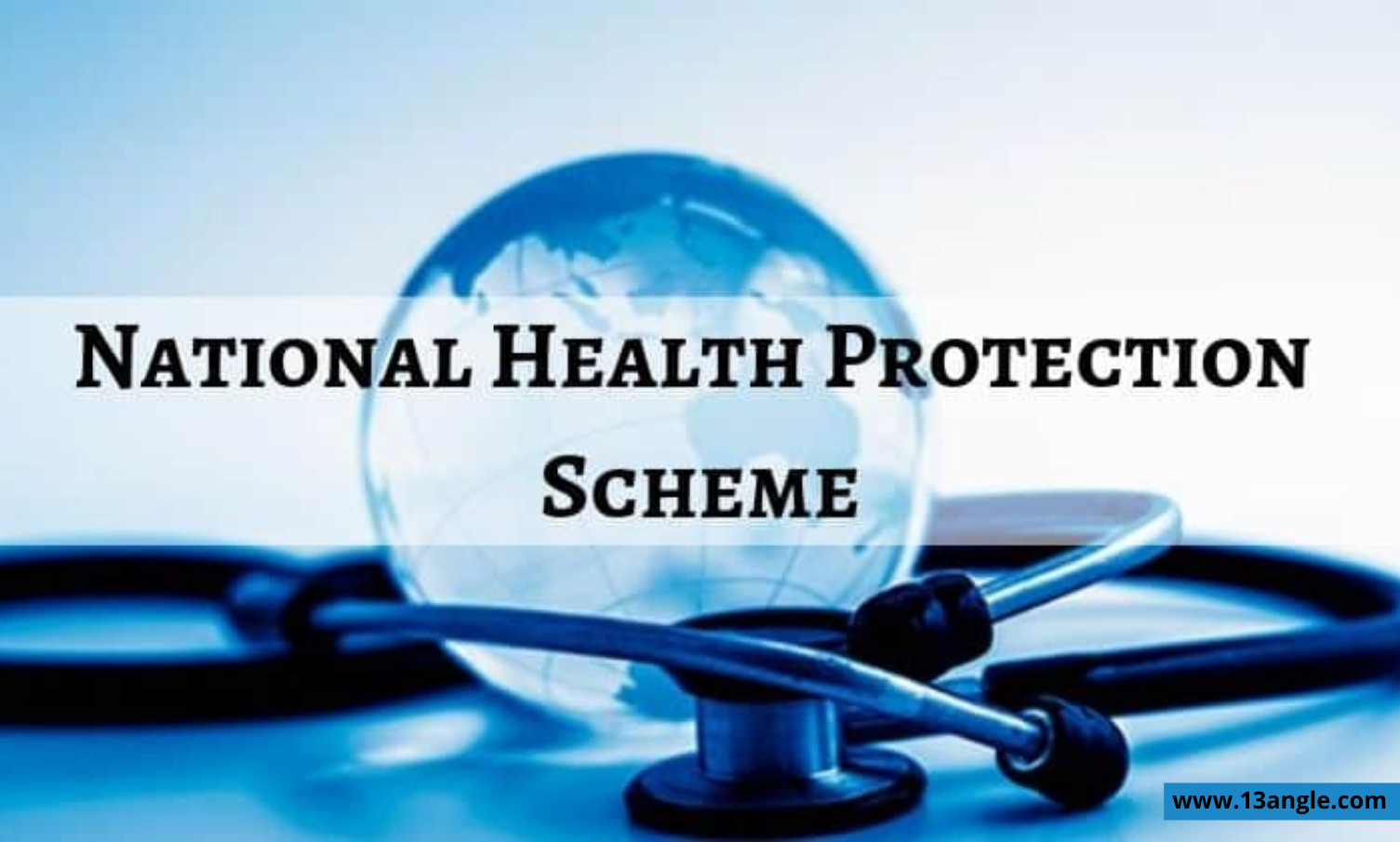
Introduction
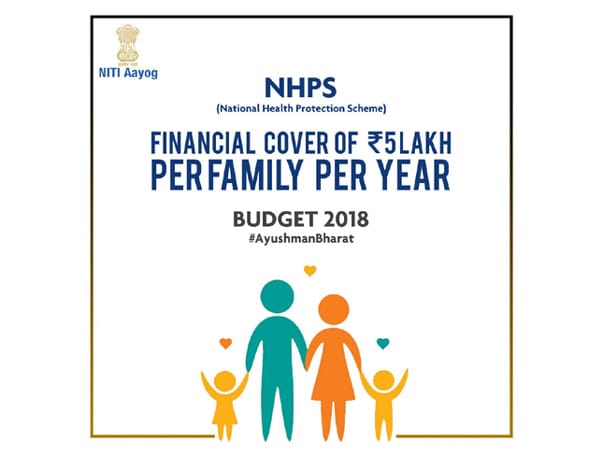
- National Health Protection Scheme also pronounced as Ayushman Bharat is a health sector initiative of the Government of India which promises to cover over 10 crore poor and vulnerable families providing coverage up to 5 lakh rupees per family per year for secondary and tertiary care hospitalization. Ayushman Bharat or National Health Protection Mission will act in sync with the currently ongoing centrally sponsored schemes, Rashtriya Swasthya Bima Yojana (RSBY) and the Senior Citizen Health Insurance Scheme (SCHIS).
Implementation Strategy
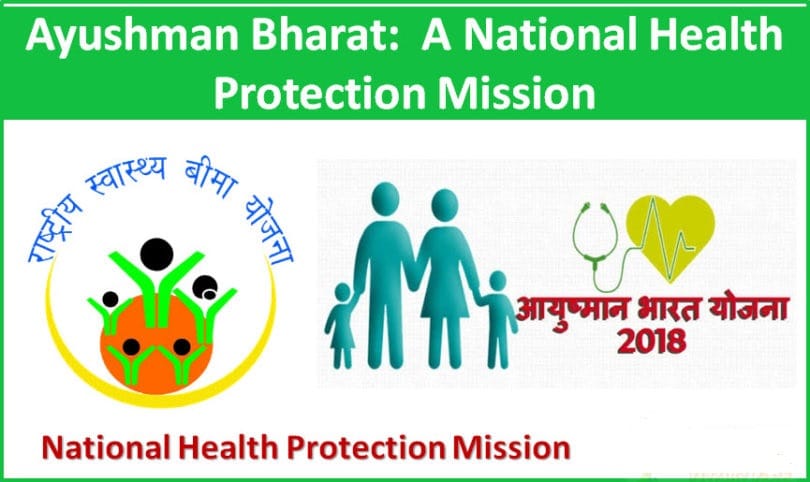
At the national level to manage, an Ayushman Bharat National Health Protection Mission Agency (AB-NHPMA) would be put in place. States/ UTs would be advised to implement the scheme by a dedicated entity called State Health Agency (SHA). They can either use an existing Trust/ Society/ Not for Profit Company/ State Nodal Agency (SNA) or set up a new entity to implement the scheme.
States/ UTs can decide to implement the scheme through an insurance company or directly through the Trust/ Society or use an integrated model.
Major Impact
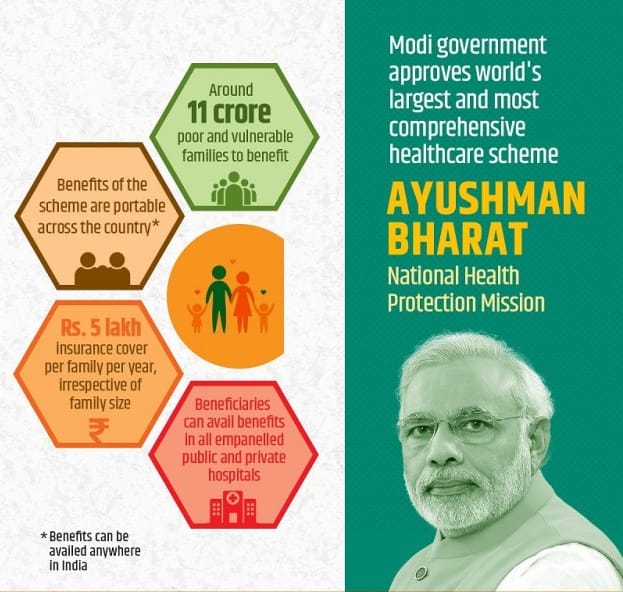
Ayushman Bharat – National Health Protection Mission will have a major impact on the reduction of Out of Pocket (OOP) expenditure on the ground of:
Increased benefits cover nearly 40% of the population, (the poorest & the vulnerable) covering almost all secondary and many tertiary hospitalizations. (Except a negative list)
Coverage Of 5 Lakh For Each Family, (No Restriction Of Family Size)
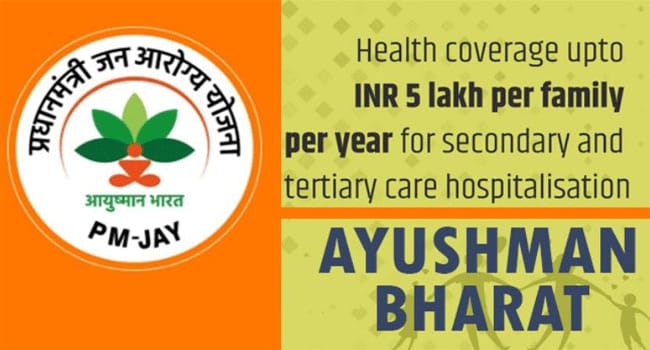
- This will lead to increased access to quality health and medication. In addition, the unmet needs of the population which remained hidden due to lack of financial resources will be catered to. This will lead to timely treatments, improvements in health outcomes, patient satisfaction, improvement in productivity and efficiency, job creation thus leading to improvement in quality of life.
Expenditure Involved
- The expenditure incurred in premium payment will be shared between Central and State Governments in a specified ratio as per Ministry of Finance guidelines in vogue. The total expenditure will depend on actual market-determined premium paid in States/ UTs where Ayushman Bharat – National Health Protection Mission will be implemented through insurance companies. In States/ UTs where the scheme will be implemented in Trust/ Society mode, the central share of funds will be provided based on actual expenditure or premium ceiling (whichever is lower) in the pre-determined ratio.
Number Of Beneficiaries
- Ayushman Bharat – National Health Protection Mission will target about 10.74 crores of poor, deprived rural families and identified the occupational category of urban workers families as per the latest Socio-Economic Caste Census (SECC) data covering both rural and urban. The scheme is designed to be dynamic and aspirational and it would take into account any future changes in the exclusion/ inclusion/ deprivation/ occupational criteria in the SECC data.
States/Districts Covered

Ayushman Bharat – National Health Protection Mission will be rolled out across all States/UTs in all districts with an objective to cover all the targeted beneficiaries.
National Health Protection Scheme:- The second flagship programme under Ayushman Bharat is National Health Protection Scheme, which will cover over 10 crore poor and vulnerable families (approximately 50 crore beneficiaries) providing coverage up to 5 lakh rupees per family per year for secondary and tertiary care hospitalization. This will be the world’s largest government-funded health care programme. Adequate funds will be provided for the smooth implementation of this programme.
The Finance Minister further said that these two health sector initiatives under Ayushman Bharat Programme will build a New India 2022 and ensure enhanced productivity, well being and avert wage loss and impoverishment. These Schemes will also generate lakhs of jobs, particularly for women.
The Finance Minister proclaims that in order to further enhance the accessibility of quality medical education and health care, 24 new Government Medical Colleges and Hospitals will be set up, by up-grading existing district hospitals in the country. This would ensure that there is at least 1 Medical College for every 3 Parliamentary Constituencies and at least 1 Government Medical College in each State of the country.
Programme Objectives
In India, the National Health Protection Scheme (NHPS) (or Pradhan Manti Jan ArogyaYojana) was launched in 2018 aims to provide the poorest of the population with quality secondary and tertiary care. In addition, the NHPS foresees to create 150,000 health and wellness centers to provide comprehensive primary health care, covering both maternal and child health and non-communicable diseases, including free essential drugs and diagnostic services
The objective is to provide beneficiaries with financial protection against catastrophic health expenditures and to improve access to quality health care.
Programme Components
- The components of the National Health Protection Scheme (NHPS) provide coverage for hospitalization expenses and transportation charges. India’s NHPS all assess poverty through multidimensional poverty measures (MPM) that formally target the household level.
Targeted Areas
- India’s National Health Protection Scheme (NHPS) alone covers 98.9 per cent of all household beneficiaries in the region. It targets the 40% most deprived persons as per the following deprivation criteria used in the Socio-Economic and Caste Census (SECC): Rural: families having only one room with kaccha walls and kaccha roof; families having no adult member between the age of 16 and 59 years; female‑headed households with no adult male member between the age of 16 and 59 years, disabled member, and no able bodied adult member in the family; SC/ST households; and landless households deriving major part of their income from manual casual labour are included in this scheme. This is roughly 7.5 crores of the total 18 crores of the rural Indian population. Other rural: households without shelter, destitute, living on alms, manual scavenger families, primitive tribal groups, and legally released bonded labor are automatically included under the scheme. These families account for an additional 0.16 crore rural beneficiaries of this scheme. Urban: 11 defined occupational categories are entitled under the scheme. Thus, of the 6.52 crore urban households, around 1.92 crores get included in the scheme.
Amount Of Benefits

- The National Health Protection Scheme (NHPS) will take care of almost all secondary care and most of the tertiary care procedures. It is proposed to set up 1, 50,000 health and wellness centers, from within the sub-centers and primary health centers to take care of the primary health‑care element. To ensure that the umbrella of health care includes everybody, there will be no cap on family size and age in the scheme, unlike the RSBY. Priority will be given to girl child, women and senior citizens. The benefit cover will also include pre and post-hospitalization expenses, as these were identified as one of the important out‑of‑pocket expenditures (OOPs) in literature reviewing the impact of RSBY. The NHPS foresees a family cover of INR 5 lakh (INR 500,000) per family.
Benefit Delivery Mechanism
- Selected insurance companies enroll households directly in villages and issue a biometric smart card to beneficiaries, which can be used to access cashless treatment at any public or private hospital across India which is registered with the scheme
Monitoring And Evaluation Mechanisms And Frequency
- State Nodal Agencies (SNA)/State Health Agencies (SHA) oversee monitoring the scheme, in coordination with the insurance company, hospital, and district authorities, as well as other local stakeholders. Furthermore, the National Health Protection Scheme (NHPS) will rely on a back-end data management system to track all transactions and provide analytical reports.
Top 13 Facts About The National Health Protection Scheme
Ayushman Bharat or National Health Protection Mission will have a defined benefit cover of Rs. 5 lakh per family per year.
Benefits of the scheme are portable across the country and a beneficiary covered under the scheme will be allowed to take cashless benefits from any public/private empanelled hospitals across the country.
Ayushman Bharat Or National Health Protection Mission will be an entitlement based scheme with entitlement decided on the basis of deprivation criteria in the SECC database.
The beneficiaries can avail of benefits in both public and empanelled private facilities.
To control costs, the payments for treatment will be done on a package rate (to be defined by the Government in advance) basis.
One of the core principles of Ayushman Bharat or the National Health Protection Mission is to co-operative federalism and flexibility to states.
Forgiving policy directions and fostering coordination between Centre and States, it is proposed to set up Ayushman Bharat National Health Protection Mission Council (AB-NHPMC) at apex level Chaired by Union Health and Family Welfare Minister.
States would need to have State Health Agency (SHA) to implement the scheme.
To ensure that the funds reach SHA on time, the transfer of funds from the Central Government through Ayushman Bharat or National Health Protection Mission to State Health Agencies may be done through an escrow account directly.
In partnership with NITI Aayog, a robust, modular, scalable and interoperable IT platform will be made operational which will entail a paperless, cashless transaction.
The National Health Policy Scheme (NHPS) is the biggest health scheme that has not been attempted in such a magnitude by any Prime Minister before.
Due to the prevalence and spread of this scheme, more and more well-equipped hospitals will be built in rural areas in future. More people will get employment and general health of the people will increase.
It is proposed to set up Ayushman Bharat National Health Protection Mission Council (AB-NHPMC) at the apex level under the chairmanship of the Union Minister of Health and Family Welfare, to give policy direction and promote coordination between the Centre and the States.






